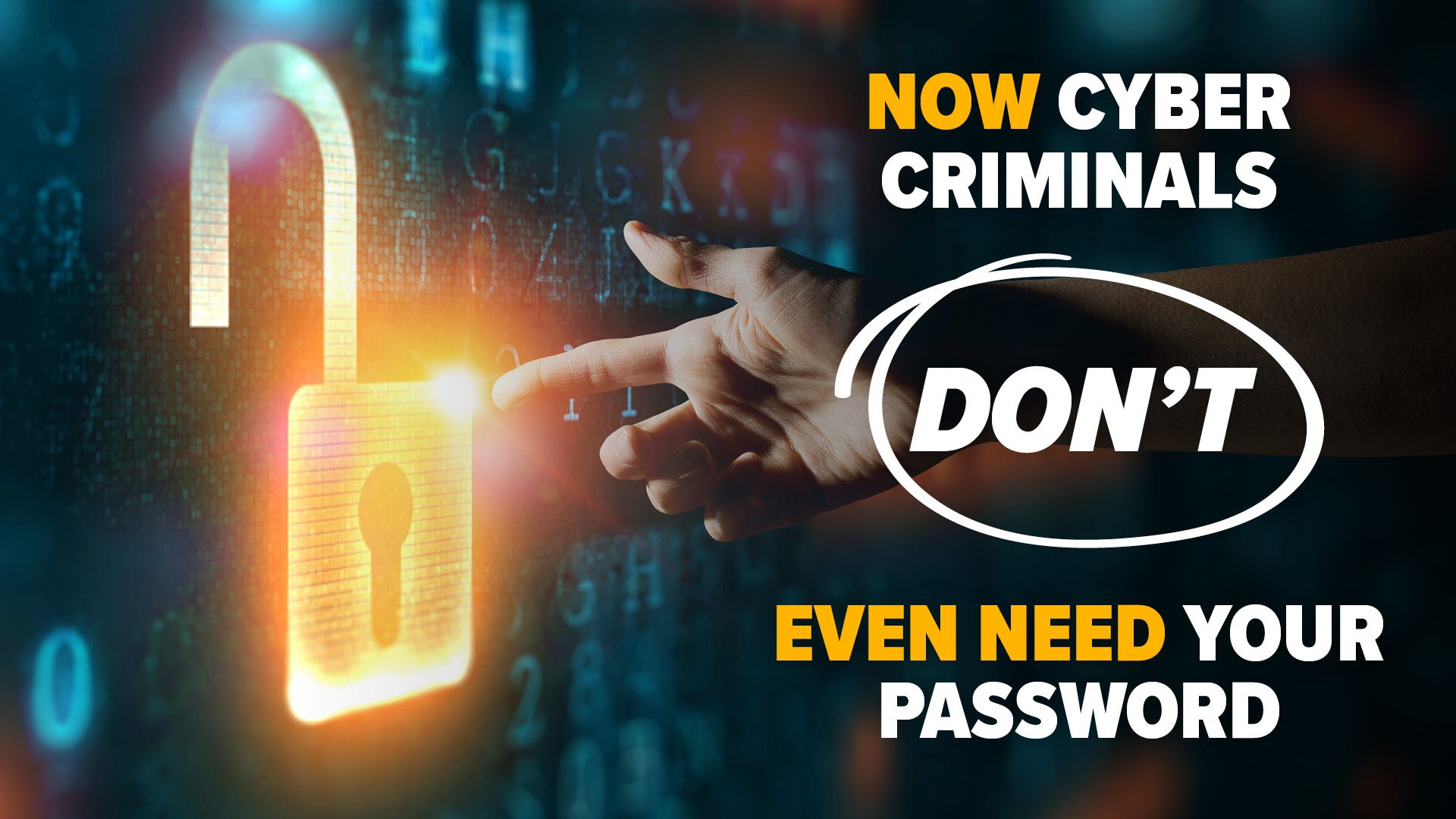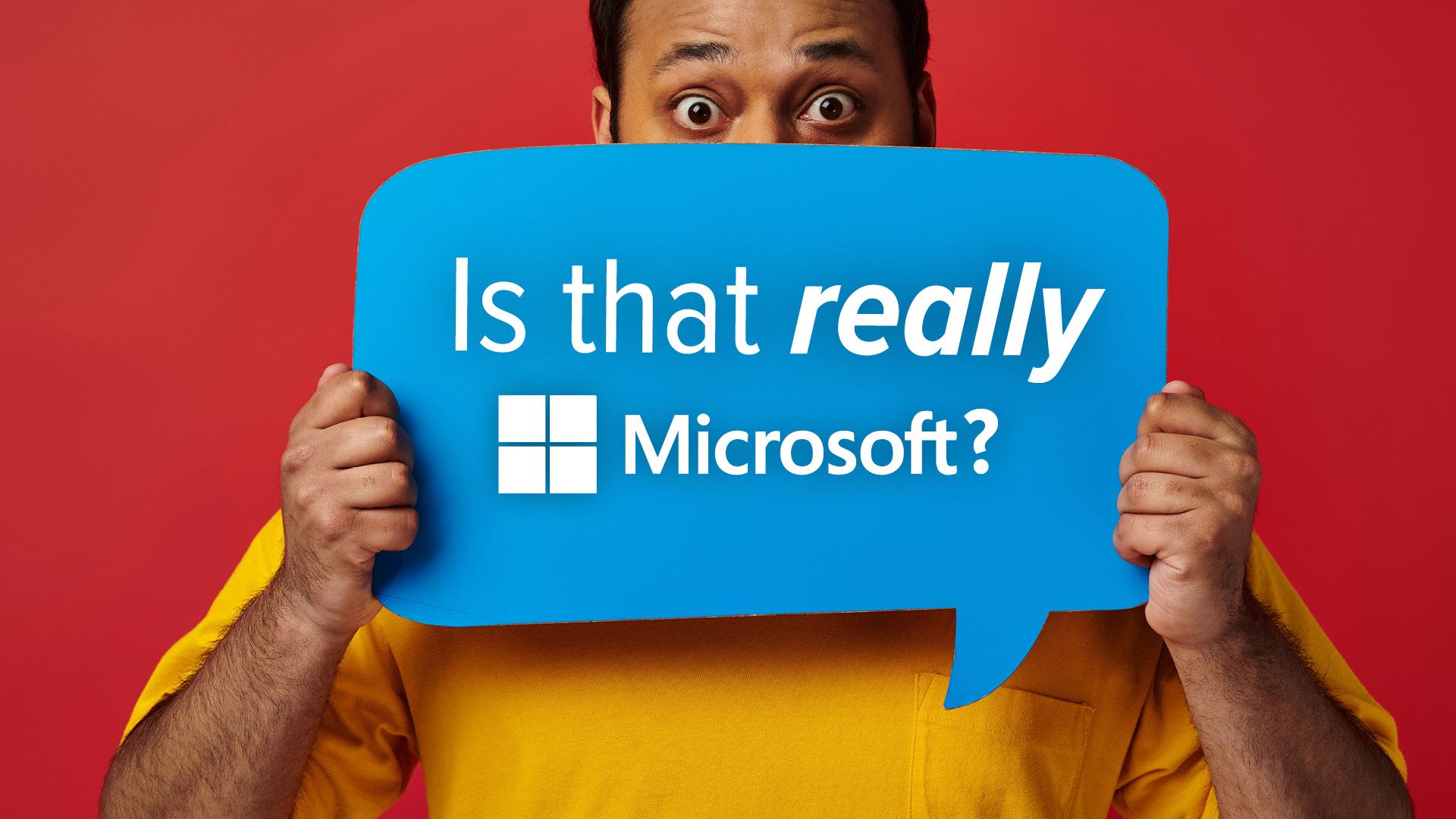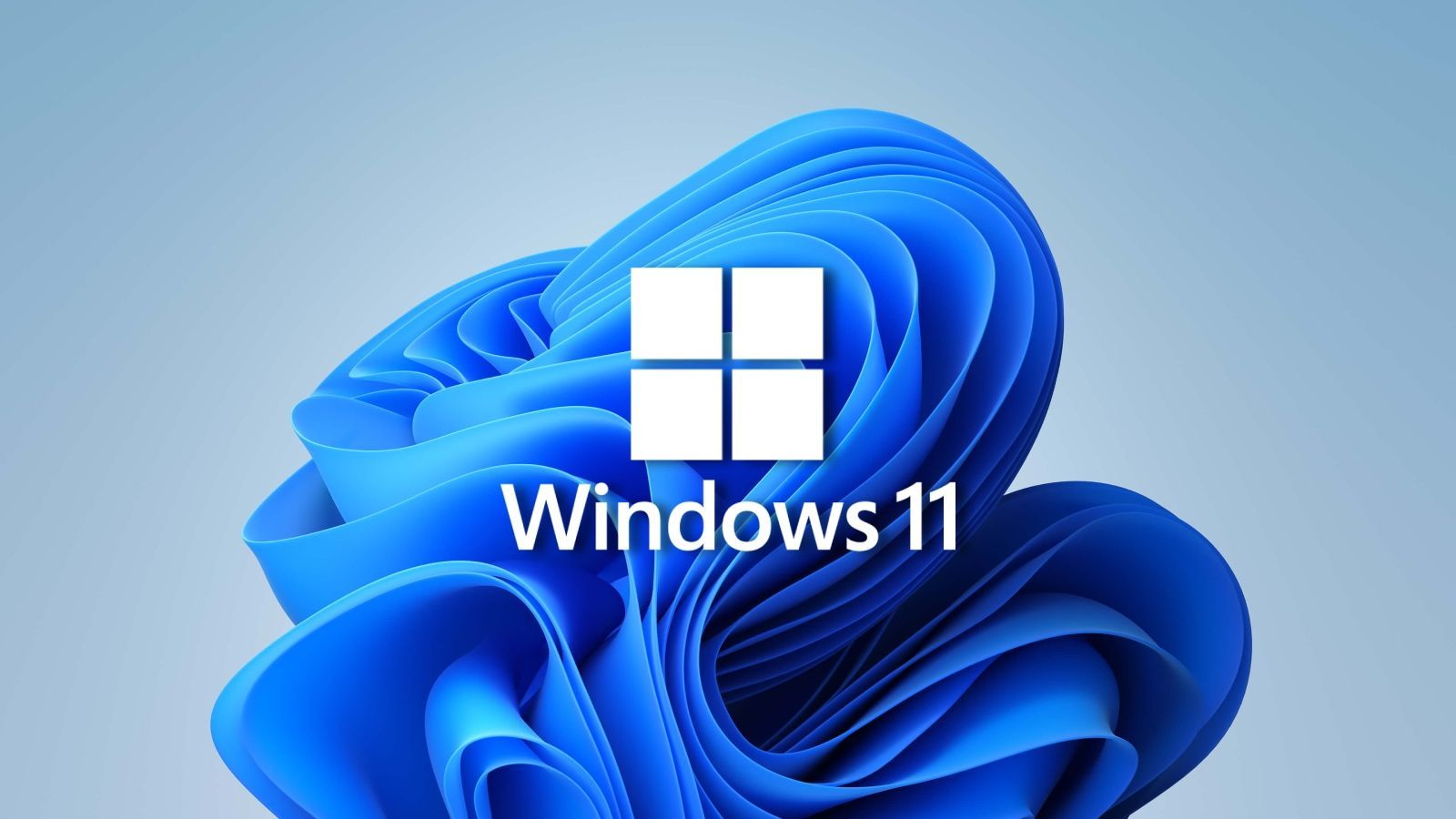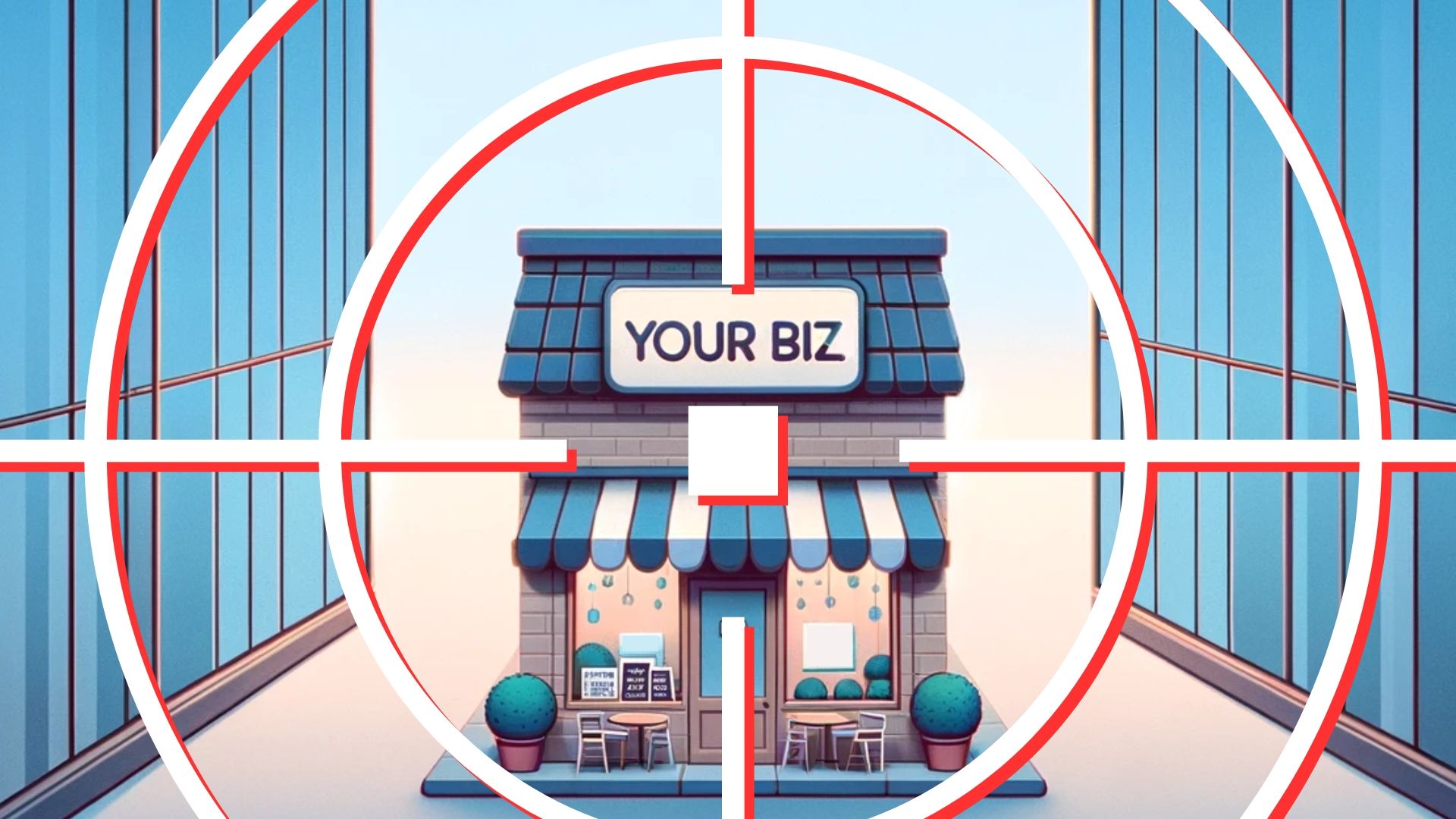Do you experience prolonged downtime regularly with your network? Find out what is network documentation! Its benefits help organisations troubleshoot network errors, reduce the time it takes to bounce back, and even scale into new territories. Find out why it should be a priority for your organisation.
UNDERSTANDING THE NETWORK DOCUMENTATION PROCESS
At first glance, network documentation may seem straightforward. It’s as simple as keeping records of your network, right? However, while the idea behind it is simple, the process is complex, even if you have a smaller infrastructure.
Network documentation acts as your network’s blueprint, providing a roadmap for efficient management. To do this, you’ll need to gather and organise a great deal of information about your network and regularly ensure it’s up-to-date. This includes details about its physical and logical layout, the configuration of its devices, IP address allocations, and much more. The process may sound overwhelming, but you can work with a professional or use network documentation software to simplify the process.
5 KEY BENEFITS OF NETWORK DOCUMENTATION
Understanding documentation is critical to maintaining an organised network infrastructure, whether you’re a small business or a large enterprise. Here are five advantages it can give your business.
1. MINIMISED DOWNTIME
Network issues can be very consequential for businesses, as the more downtime you face, the more productivity you lose. Luckily, troubleshooting is made easy with well-documented network diagrams and configurations. They can allow for swift identification of the root cause, quickly help you carry out recovery plans, and reduce the time it takes to get things back up and running.
2. GREATER ABILITY TO PLAN
Making informed decisions about upgrades, replacing outdated technology, or scaling your network as your business grows is challenging if you don’t know its ins and outs. However, proper documentation can help you comprehensively understand its infrastructure, allowing you to plan for capacity requirements and identify outdated devices.
3. EASIER COMPLIANCE
Network documentation makes complying with regulatory standards and industry-specific requirements much easier. It provides the necessary documentation to demonstrate adherence to security and operational guidelines during audits.
4. ENHANCED SECURITY
Proper documentation allows network administrators to identify potential security vulnerabilities, weak points, or outdated configurations before they cause problems. By keeping track of changes and ensuring compliance with security best practices, and proactively addressing security risks, you can maintain a secure environment for your business data.
5. EASIER TRANSFER OF KNOWLEDGE
By keeping track of important details, you’re creating a valuable resource that can be shared with team members, new employees, and IT professionals who may need to become familiar with your network. When everything is documented in a clear and accessible manner, it becomes much simpler for people to understand and learn about its infrastructure. Having these documents will allow for smoother and more effective collaboration and help you build a more cohesive network management team.
NETWORK SECURITY SOLUTIONS FOR BUSINESSES
Do you need help maintaining your network? Computer Troubleshooters has a team of certified experts ready to build a solution that fits your business. We have the experience, industry knowledge, and resources necessary to ensure your network runs securely and efficiently.
Get in touch to take the next step toward improving your network management.
Previous Blog Posts and Updates










